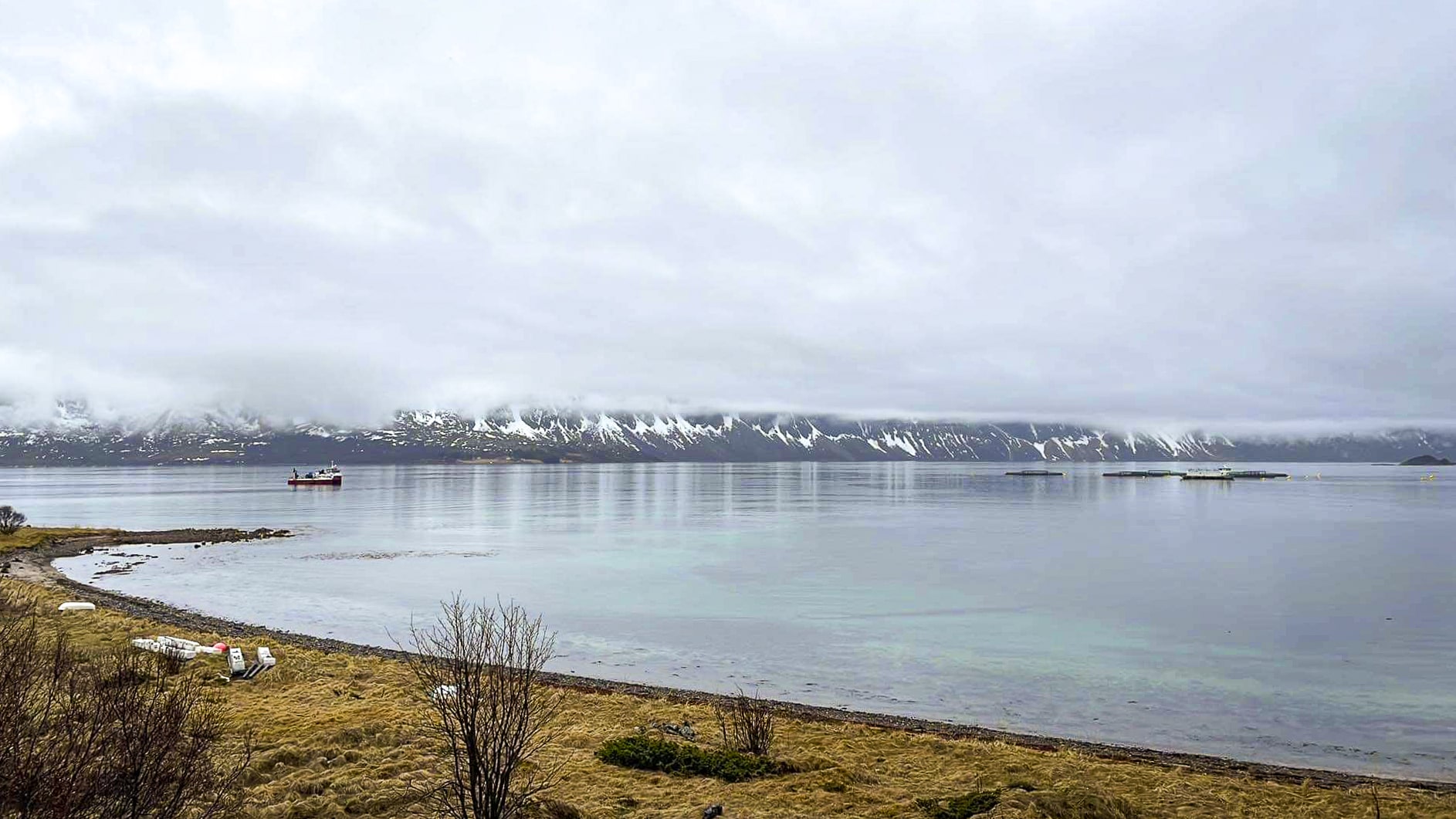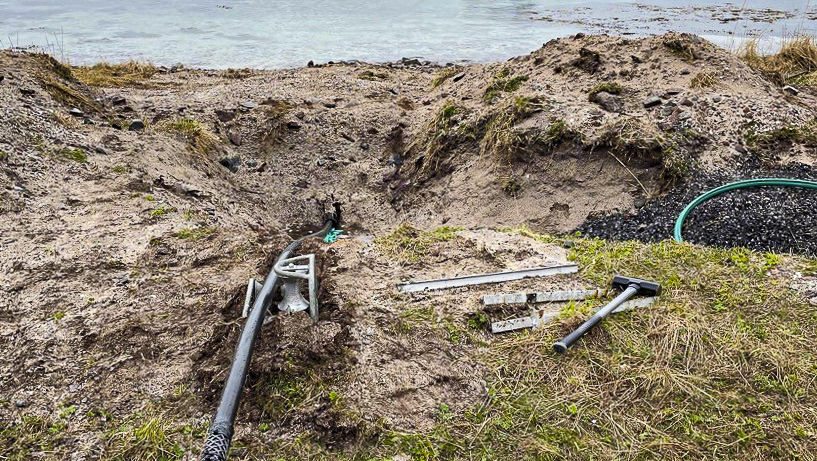90 percent of Nordlaks' aquaculture farms run on clean energy

Already in 1996, Nordlaks started the process to transition from diesel-powered aquaculture farms to operation via power from the main electrical grid. The work is almost complete, and Nordlaks is among the companies with the highest proportion of emission-free aquaculture farms.
Out of a total of 42 aquaculture farms, 37 are equipped for electric operation via the main grid by the end of 2022.
– I have gained a few more gray hairs since we started the process in collaboration with Enova in 2015, but I have no regrets. Electrically powered locations have many advantages both for the environment, for neighbors in the area, for operational predictability and for our employees. It has been well worth it, says Leif Arne Nygård, technical manager in Nordlaks.

Only benefits from electrification
Nygård believes that electrification, despite being a demanding process, only has advantages.
– A diesel generator produces a steady amount of electricity around the clock, all year round. The production on our farms on the other hand, requires very uneven amounts of electricity throughout the day. Of this reason, much is wasted when diesel generators are used. Another negative aspect is the use of fossil fuels and their emission of greenhouse gases. Generators requires a lot of supervision and maintenance, and it is very noisy. We avoid all of this when we connect the farms to the main electrical grid, explains Nygård.
Almost all of Norway’s electrical power are produced by emission free hydroelectric plants. The environmental and economic benefits for both the company and the local community were important factors when starting the process to transition to electrical energy in 1996.
– An often overlooked but big advantage is the results for the working environment on the aquaculture farms. Less maintenance free more time to focus on the fish and other equipment, as well as the fact that the noise is gone, says Nygård.
Long-term and targeted investment
Although the work started in 1996, the process picked up speed in cooperation with the government agency “Enova” in 2015. Then, Nordlaks became even more serious about completing the project.
– In 2015, we applied to Enova for partial funding to connect 12 new locations to the main grid. Our application was approved. Enova has been an important partner who has accelerated the development more than we could have managed alone, says Nygård.
The project was supposed to be completed in 2021 but was postponed until the end of 2022.
– Anyone who knows Norway’s long coastline knows that there are neither passable roads nor other infrastructure everywhere. There have been challenges along the way. You could say we’ve learned to think creatively to solve challenges, he laughs, and is grateful that Enova has been flexible when it comes to deadlines and reports.
The farm at “Kalvhodet”, located outside Øksfjorden in Vågan municipality, is now under completion and is the last of the 12 in the large Enova project. When completed, 37 of 42 Nordlaks locations will be connected to the grid.
– There are only five locations left. Some of these are relevant for electrification, while others are not. With today’s infrastructure and technology, electrification via the main grid is challenging. We certainly hope that this will change, but for now we are considering other measures to cut emissions here, explains Head of Communication Lars Fredrik Martinussen.
Emission cuts
The government has set targets for Norway to become a low-emissions society by 2050 and to reduce its emissions greenhouse gas emissions by 90 percent. The transformation is in full swing in several industries. In the aquaculture industry, many have chosen a combination of diesel generators and battery operation.
– We have chosen to create a permanent infrastructure with submarine electrical cables where this is possible and have postponed the process at the locations that are too demanding in terms of distances to infrastructure on shore. In any case, we cannot cover all the locations at the same time, and therefore we can wait a little to see if opportunities arise or that the costs or calculation changes, explains Nygård.
He is happy that more people in the aquaculture industry are focusing on and finding their own ways to electrify the facilities. Figures from ilaks.no indicate that by electrifying all aquaculture facilities Norway can save a further 375,000 tons of CO2 per year. This corresponds to emissions from over 200,000 cars.
At the mercy of good partners
There are many stakeholders when a new power cable is to be laid, and Nordlaks has had close cooperation with the regional grid owners and landowners during the process.
– Power cables must be planned, dug and laid down. In rough terrain, there is a lot to take into account; avalanche dangers and birdlife to name a few. In addition, applications must be made to various governmental agencies and one must get permission from landowners and other stakeholders. In other words, this is not done in a day. Thanks to good cooperation and goodwill from several parties we will get there in the end, says Nygård.
It is extra nice when the work that is put in is also appreciated by the local community.
– In some areas, the local power grid has been of lower quality or capacity. Our demand for electrical power has made it possible to improve the infrastructure and the capacity of the grid. This has been well received by both the local population and cottagers, and we think this is great – on top of all the other benefits electrification provides, concludes Nygård.